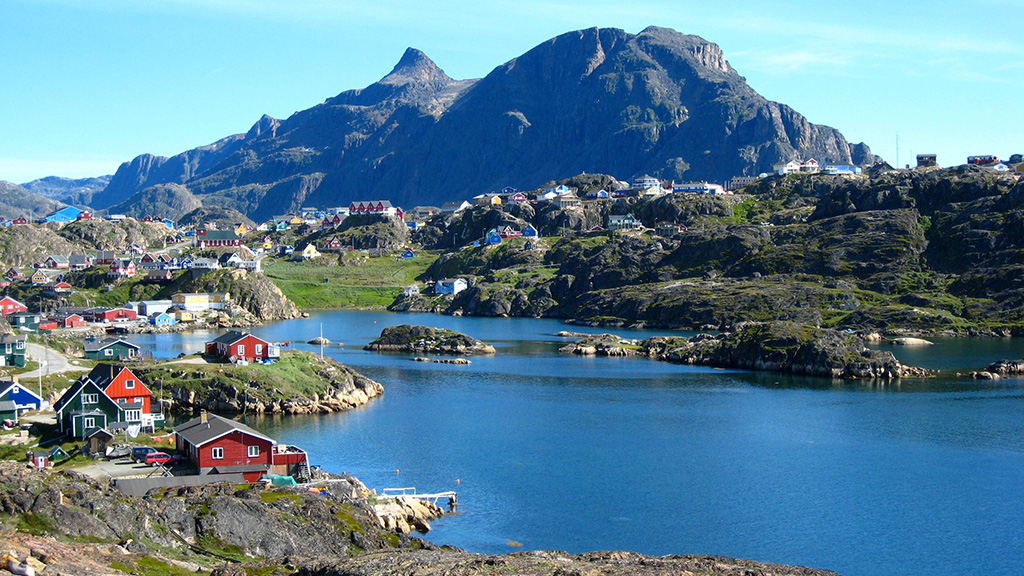Greenland, the world’s largest island, is once again making headlines, as Prime Minister Múte Bourup Egede calls for independence from Denmark. In a bold move reflecting a growing sense of national identity, Egede envisions a Greenland that stands on its own—politically and economically—by 2035. While the journey toward independence is fraught with challenges, it’s a vision rooted in the belief that Greenland’s vast natural resources and strategic location can secure its future.
A New Chapter in Greenland’s Story
For centuries, Greenland has operated as a semi-autonomous territory under Denmark. Despite having its government since 1979, Denmark retains control over key areas such as defense, monetary policy, and foreign relations. With just 56,000 residents, Greenland faces an uphill battle to assert its sovereignty. However, the island’s abundant natural resources—from rare earth minerals to oil and gas deposits—position it as a potential economic powerhouse.
Egede’s vision of independence is underscored by the rallying cry “Make Greenland Great Again,” signaling a commitment to taking ownership of the island’s destiny. While critics question the feasibility of this timeline, proponents argue that the time has come to transition from colonial dependency to self-determination.
Strategic Location and Geopolitical Interests

Greenland’s strategic location in the Arctic makes it a geopolitical hotspot. As climate change opens new shipping lanes and resource extraction opportunities, global powers like the U.S. and China have shown increased interest in the region. Independence would enable Greenland to negotiate its terms for partnerships, furthering its economic ambitions.
Denmark provides Greenland with an annual block grant of $600 million, accounting for roughly a third of its GDP. Transitioning away from this financial reliance will require significant investment in infrastructure, education, and governance. However, Egede’s government believes the long-term gains—including the ability to fully exploit the island’s resources—outweigh the risks.
Challenges Ahead
While independence is an enticing prospect, it is not without challenges. Greenland’s economy remains heavily reliant on fishing, and its small population lacks the workforce and expertise needed for large-scale resource extraction. Building a diversified economy will require international partnerships, foreign investment, and careful management of its natural resources.
Additionally, the road to independence will necessitate extensive constitutional and diplomatic negotiations with Denmark and the international community. Greenland will need to address issues like currency, defense, and international treaties before it can stand as a fully sovereign nation.
Investment Opportunities
For investors, Greenland’s push for independence presents intriguing opportunities. The island’s untapped resources, coupled with its strategic location, make it a prime candidate for infrastructure development, renewable energy projects, and resource exploration. As Greenland builds the frameworks for independence, early investors could position themselves at the forefront of its economic transformation.
Conclusion
Greenland’s aspiration to “Make Greenland Great Again” is a bold and ambitious goal that could redefine its place in the global arena. While the path to independence is steep, the potential rewards—for Greenland and its investors—are substantial. As the island charts its course, it offers a unique opportunity to participate in the rise of a new Arctic economic and geopolitical player.
Invest Offshore remains committed to keeping you informed about emerging opportunities around the globe. For those seeking innovative investment avenues, Greenland’s journey to independence is one to watch closely.

Leave a Reply